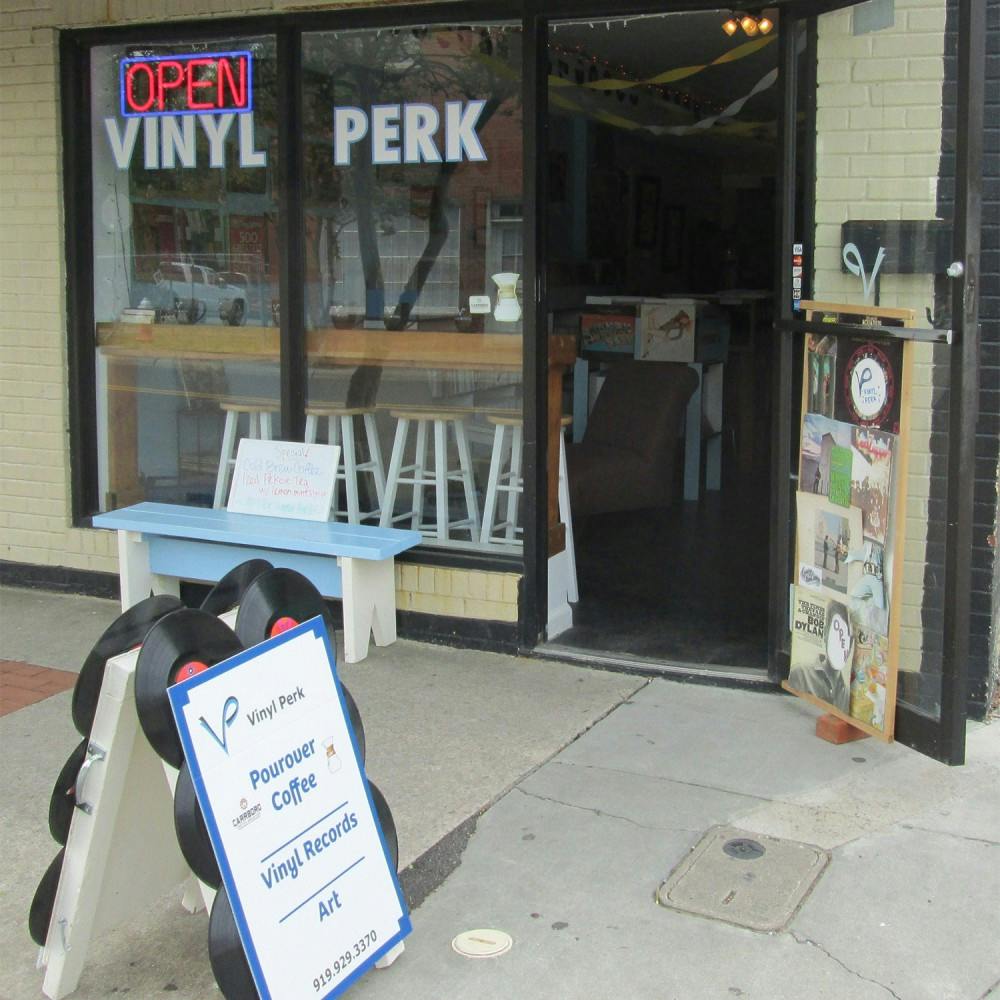These days, vinyl is everywhere.
In the early 2000s, vinyl records were the dusty relics of a forgotten era, gracing only the shelves of garage sales and thrift stores. Now, new artists are pressing fresh vinyl and placing their records into aesthetically pleasing displays at stores like Urban Outfitters and Barnes & Noble.
According to the Recording Industry Association of America, record sales in 2015 were up 32 percent to $416 million — the highest since 1988.
These numbers beg for an answer to the question: what caused the revival of vinyl?
Jay Reeves, a lifetime lover of vinyl and the owner of Vinyl Perk — a temporarily displaced local record store that now sells online — has what he believes is the answer.
Reeves said digital music is just an “invisible music experience,” but vinyl records are a full sensory experience. He said this difference is what draws listeners to vinyl records.
The tactile weight of the record, the album art, the warmth and the nuance of analog sound all combine to create an experience that is more engaging than just pressing play on a digital device, Reeves said. He thinks even the unintentional pops and crackles of the vinyl add to the reality of the experience.
“There’s something about putting a record on, and then letting the entire record play," he said. "It takes a little time. You have to make a commitment to that record."
Mark Katz, a music




